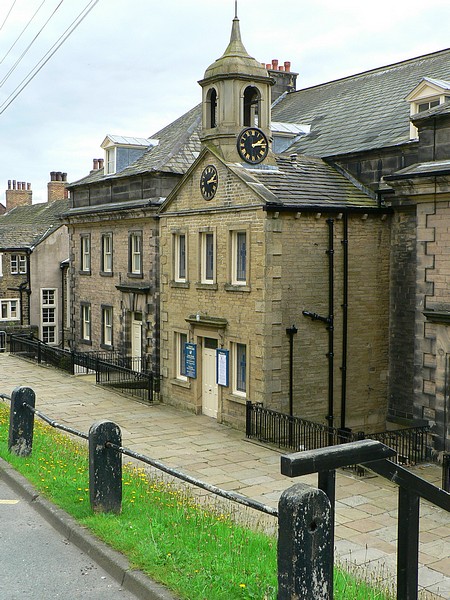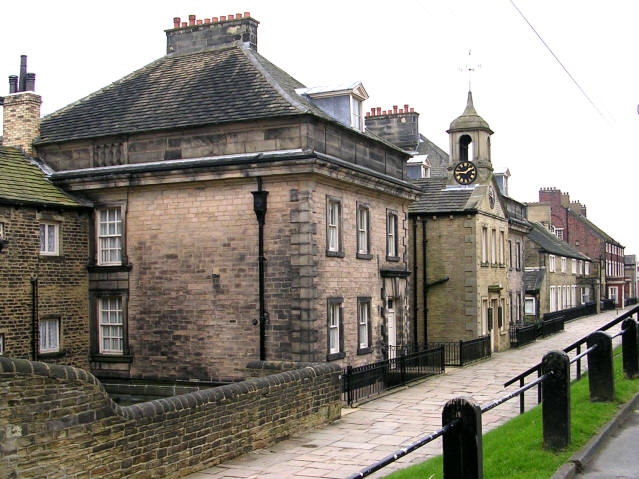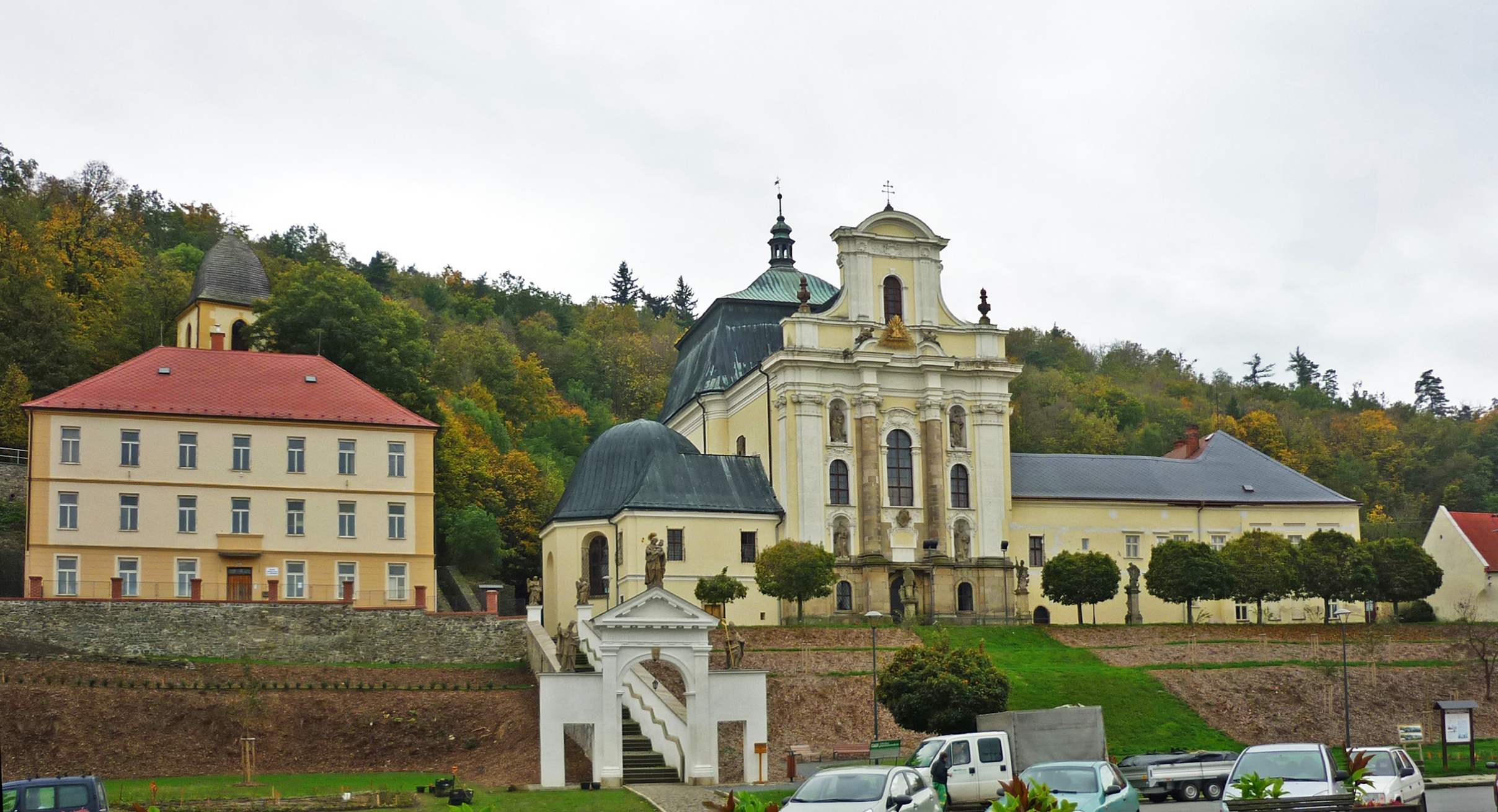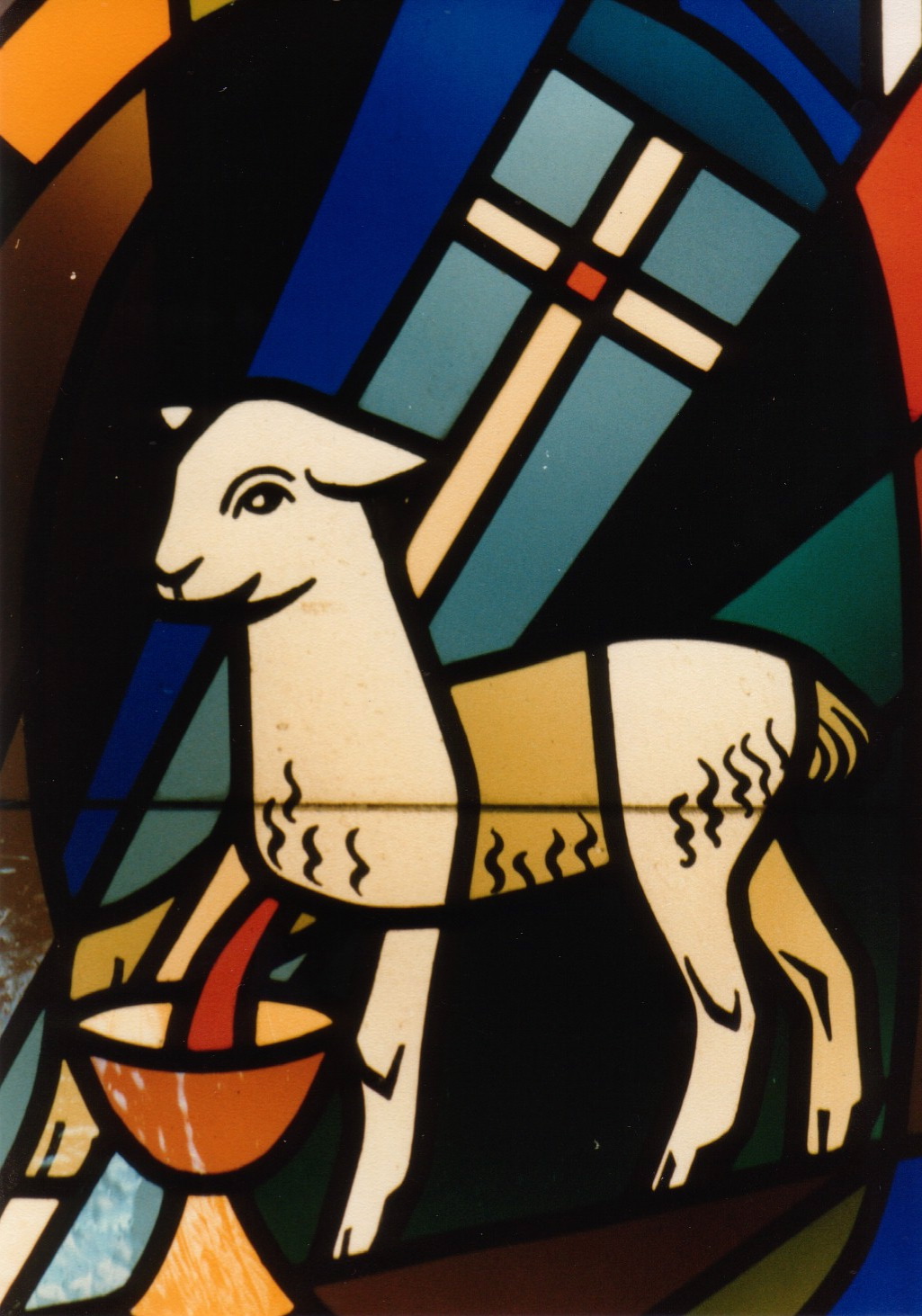|
Fulneck Moravian Church
Fulneck Moravian Church and its Fulneck Moravian Settlement, associated settlement were established on the Fulneck estate, Pudsey, in the West Riding of Yorkshire, England, in 1744 by Count Nicolaus Zinzendorf, Nicolaus Ludwig von Zinzendorf, a Moravian Church, Moravian Bishop and Lutheran priest, following a donation of land by the evangelical Anglican clergyman, Benjamin Ingham. Fulneck is now part of the City of Leeds, West Yorkshire. History Foundation Representatives of the Moravian Church, descended from the Bohemian Brethren's Church of 1457 and renewed in 1722 in Saxony under the leadership of Count Nicolaus Zinzendorf, Nicolaus Ludwig von Zinzendorf, first came to England in 1728 and 1734 to establish good relations with the Church of England and to help organise missionary work in the Thirteen Colonies, American colonies. In 1738, a Moravian Society was established at Fetter Lane, London. With this Society were associated for a while John Wesley and his brother Charle ... [...More Info...] [...Related Items...] OR: [Wikipedia] [Google] [Baidu] |
Fulneck Moravian Settlement
Fulneck Moravian Settlement is a village in Pudsey in the City of Leeds metropolitan borough, West Yorkshire, England. The village (grid reference ) lies on a hillside overlooking a deep valley. Pudsey Beck flows along the bottom of the valley. Etymology The name of Fulneck is first attested in 1592, as ''Fall Neck'' and ''the Falle Necke'', and is thought to originate in Old English: the name probably comes from the Old English words *''fall'' ('place where something falls, a forest clearing') and ''hnecca'' ('neck, neck of land'). If so, it once meant 'a pronounced piece of land characterised by a clearing'.Harry Parkin, ''Your City's Place-Names: Leeds'', English Place-Name Society City-Names Series, 3 (Nottingham: English Place-Names Society, 2017). After members of the Moravian Church bought the land in 1744, the site was renamed ''Fulneck'' after Fulnek, a town in Northern Moravia, Czech Republic, where the Moravian denomination originated. History Members of the M ... [...More Info...] [...Related Items...] OR: [Wikipedia] [Google] [Baidu] |
Herrnhut
Herrnhut (; ; ; Upper Lusatian: ''Harrnhutt'', ''Harrnutt'') is a town of around 6,000 inhabitants in Upper Lusatia, in the district of Görlitz, in eastern Saxony, Germany. The town is mainly known as the place of origin of the community of the Moravian Church (established by Nicolas Ludwig, Count von Zinzendorf in 1722), and of the Moravian Stars (''Herrnhuter Sterne''). In 2016, the town was awarded the honorary title '' European City of the Reformation'' by the Communion of Protestant Churches in Europe, and in 2024, Herrnhut was inscribed on the World Heritage List as part of the serial site "Moravian Church Settlements" (''Siedungen der Herrnhuter Brüdergemeinde'') alongside Christiansfeld (Denmark), Bethlehem (USA) and Gracehill (Northern Ireland). Herrnhut lies between the larger towns of Löbau and Zittau in the hilly foreland of the Zittau Mountains on the Petersbach, the longest headstream of the Pließnitz, a tributary of the Lusatian Neisse. Geography It ... [...More Info...] [...Related Items...] OR: [Wikipedia] [Google] [Baidu] |
Unitas Fratrum
The Moravian Church, or the Moravian Brethren ( or ), formally the (Latin: "Unity of the Brethren"), is one of the oldest Protestant denominations in Christianity, dating back to the Bohemian Reformation of the 15th century and the original Unity of the Brethren () founded in the Kingdom of Bohemia, sixty years before Martin Luther's Reformation. The church's heritage can be traced to 1457 and the Lands of the Bohemian Crown, which included Bohemia, Moravia, Silesia, and previously the Hussite movement against several practices and doctrines of the Catholic Church. Its name is derived from exiles who fled from Moravia to Saxony in 1722 to escape the Counter-Reformation, establishing the Christian community of Herrnhut. Hence, it is also known in German as the ("Unity of Brethren f Herrnhut). The modern has about one million members worldwide, continuing their tradition of missionary work, such as in the Americas and Africa, which is reflected in their broad global dist ... [...More Info...] [...Related Items...] OR: [Wikipedia] [Google] [Baidu] |
Counter Reformation
The Counter-Reformation (), also sometimes called the Catholic Revival, was the period of Catholic resurgence that was initiated in response to, and as an alternative to or from similar insights as, the Protestant Reformations at the time. It was a comprehensive effort arising from the decrees of the Council of Trent. As a political-historical period, it is frequently dated to have begun with the Council of Trent (1545–1563) and to have ended with the political conclusion of the European wars of religion in 1648, though this is controversial. However, as a theological-historical description, the term may be obsolescent or over-specific: the broader term Catholic Reformation () also encompasses the reforms and movements within the Church in the periods immediately before Protestantism or Trent, and lasting later. The effort produced apologetic and polemical documents, anti-corruption efforts, spiritual movements, the promotion of new religious orders, and the flourishing of ... [...More Info...] [...Related Items...] OR: [Wikipedia] [Google] [Baidu] |
Moravia
Moravia ( ; ) is a historical region in the eastern Czech Republic, roughly encompassing its territory within the Danube River's drainage basin. It is one of three historical Czech lands, with Bohemia and Czech Silesia. The medieval and early modern Margraviate of Moravia was a crown land of the Lands of the Bohemian Crown from 1348 to 1918, an imperial state of the Holy Roman Empire from 1004 to 1806, a crown land of the Austrian Empire from 1804 to 1867, and a part of Austria-Hungary from 1867 to 1918. Moravia was one of the five lands of First Czechoslovak Republic, Czechoslovakia founded in 1918. In 1928 it was merged with Czech Silesia, and then dissolved in 1948 during the abolition of the land system following the 1948 Czechoslovak coup d'état, communist coup d'état. Its area of 22,623.41 km2 is home to about 3.0 million of the Czech Republic's 10.9 million inhabitants. The people are historically named Moravians, a subgroup of Czechs, the other group being calle ... [...More Info...] [...Related Items...] OR: [Wikipedia] [Google] [Baidu] |
Fulnek
Fulnek () is a town in Nový Jičín District in the Moravian-Silesian Region of the Czech Republic. It has about 5,500 inhabitants. The historic town centre is well preserved and is protected as an Cultural monument (Czech Republic)#Monument zones, urban monument zone. Administrative division Fulnek consists of 11 municipal parts (in brackets population according to the 2021 census): *Fulnek (2,801) *Děrné (363) *Dolejší Kunčice (124) *Jerlochovice (593) *Jestřabí (136) *Jílovec (68) *Kostelec (98) *Lukavec (372) *Pohořílky (54) *Stachovice (445) *Vlkovice (302) Geography Fulnek is located about north of Nový Jičín and southwest of Ostrava. It lies in the hilly landscape of the Nízký Jeseník range. The highest point is at above sea level. The town is situated at the confluence of the streams of Husí potok and Gručovka. History Fulnek was probably founded by the lords of Lichtenburk, who received this land from King Ottokar II of Bohemia, Ottokar II. The f ... [...More Info...] [...Related Items...] OR: [Wikipedia] [Google] [Baidu] |
John Amos Comenius
John Amos Comenius (; ; ; ; Latinized: ''Ioannes Amos Comenius''; 28 March 1592 – 15 November 1670) was a Czech philosopher, pedagogue and theologian who is considered the father of modern education. He served as the last bishop of the Unity of the Brethren (direct predecessor of the Moravian Church) before becoming a religious refugee and one of the earliest champions of universal education, a concept eventually set forth in his book ''Didactica Magna''. As an educator and theologian, he led schools and advised governments across Protestant Europe through the middle of the seventeenth century. Comenius introduced a number of educational concepts and innovations including pictorial textbooks written in native languages instead of Latin, teaching based in gradual development from simple to more comprehensive concepts, lifelong learning with a focus on logical thinking over dull memorization, equal opportunity for impoverished children, education for women, and universal and ... [...More Info...] [...Related Items...] OR: [Wikipedia] [Google] [Baidu] |
City Set Upon A Hill
A city is a human settlement of a substantial size. The term "city" has different meanings around the world and in some places the settlement can be very small. Even where the term is limited to larger settlements, there is no universally agreed definition of the lower boundary for their size. In a narrower sense, a city can be defined as a permanent and Urban density, densely populated place with administratively defined boundaries whose members work primarily on non-agricultural tasks. Cities generally have extensive systems for housing, transportation, sanitation, Public utilities, utilities, land use, Manufacturing, production of goods, and communication. Their density facilitates interaction between people, government organisations, government organizations, and businesses, sometimes benefiting different parties in the process, such as improving the efficiency of goods and service distribution. Historically, city dwellers have been a small proportion of humanity overall, bu ... [...More Info...] [...Related Items...] OR: [Wikipedia] [Google] [Baidu] |
Lamb Of God
Lamb of God (; , ) is a Names and titles of Jesus in the New Testament, title for Jesus that appears in the Gospel of John. It appears at wikisource:Bible (American Standard)/John#1:29, John 1:29, where John the Baptist sees Jesus and exclaims, "Behold the Lamb of God who Salvation in Christianity, takes away the Sin#Christianity, sin of the world." It appears again in wikisource:Bible (American Standard)/John#1:36, John 1:36. Christian doctrine holds that a God the Son, divine Jesus chose to suffer crucifixion of Jesus, crucifixion at Calvary to save the world from its sins. He was given up by God the Father, divine Father, as an "agent and servant of God in Christianity, God" in carrying away the sins of the world. In Christian theology the ''Lamb of God'' is viewed as both foundational and integral to the message of Christianity. A lion-like lamb that rises to deliver victory after being slain appears several times in the Book of Revelation. It is also referred to in Pauline w ... [...More Info...] [...Related Items...] OR: [Wikipedia] [Google] [Baidu] |
Book Of Revelation
The Book of Revelation, also known as the Book of the Apocalypse or the Apocalypse of John, is the final book of the New Testament, and therefore the final book of the Bible#Christian Bible, Christian Bible. Written in Greek language, Greek, its title is derived from the Incipit, first word of the text, ''apocalypse'' (), which means "revelation" or "unveiling". The Book of Revelation is the only Apocalyptic literature, apocalyptic book in the Development of the New Testament canon, New Testament canon, and occupies a central place in Christian eschatology. The book spans three literary genres: the Letter (message), epistolary, the Apocalyptic literature, apocalyptic, and the prophetic. It begins with John, on the island of Patmos in the Aegean Sea, addressing letters to the "Seven Churches of Asia" with exhortations from Christ. He then describes a series of prophetic and symbolic Vision (spirituality), visions, including figures such as a Woman clothed with the sun with the ... [...More Info...] [...Related Items...] OR: [Wikipedia] [Google] [Baidu] |
Wetterau
The Wetterau (, ) is a fertile undulating tract, watered by the Wetter (river), Wetter, a tributary of the Nidda (river), Nidda River, in the western German state of Hesse, between the hilly province Oberhessen and the north-western Taunus mountains. Bettina von Arnim writes of Wetterau in her text ''Diary of a Child'' in the chapter "Journey to the Wetterau". Geography The Wetterau is located north of Frankfurt am Main, on the eastern side of the Taunus and south-west of the Vogelsberg_Mountains, Vogelsberg. The main part of the region is taken up by the political region Wetteraukreis. The region got its name from the small creek Wetter (river), Wetter, but the region is crossed by several other creeks and rivers - for example, the Nidda (river), Nidda, Nidder, Horloff and Usa (Germany), Usa. History The Wetterau has a long history and is one of the oldest cultural landscapes in Germany. It was always a very fertile region and was populous from as early as the Neolithic Ag ... [...More Info...] [...Related Items...] OR: [Wikipedia] [Google] [Baidu] |
Herrnhaag
Herrnhaag (Lord's Grove) was a communal spiritual centre for the Moravian Church, Moravian Unity, an early form of Protestantism. It and Marienborn, a nearby sister community, are located in the Wetterau, an area of Hesse, north of Frankfurt am Main in Germany. Spiritual purpose as the home of Christ “Herrnhaag was designed to express the Moravian ideal before it was built” and served a unique purpose: it was planned as the House of God. There were to be twelve gates following the description of New Jerusalem in Revelation. In the center was the well of the water of life also recalling Revelation: “Then the angel showed me the river of the water of life, bright as crystal, flowing from the throne of God and of the Lamb through the middle of the street of the city” (Revelation 22:1). According to church leader Nicolaus Ludwig Zinzendorf, Nicolaus Ludwig von Zinzendorf, who planned the community, the Moravian Unity anticipated “the end time when the heavenly reality wou ... [...More Info...] [...Related Items...] OR: [Wikipedia] [Google] [Baidu] |











